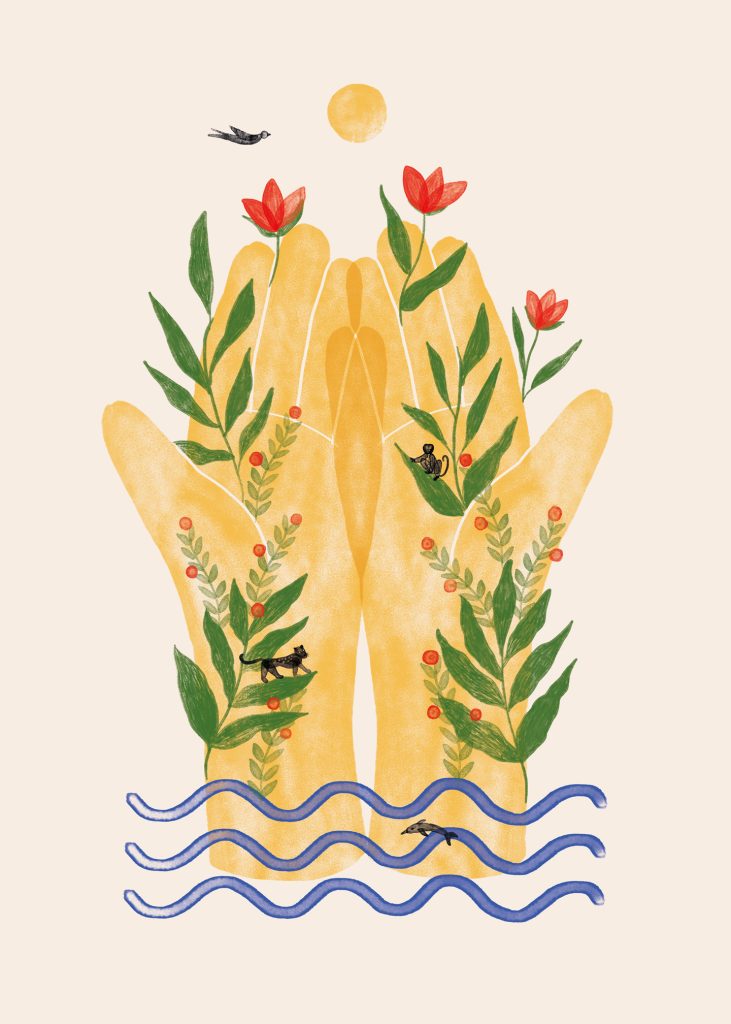Acknowledgements
Stephanie Ojeda Ponce
The story of our relationship to the earth is written more truthfully on the land than on the page. It lasts there. The land remembers what we said and what we did. Stories are among our most potent tools for restoring the land as well as our relationship to land.
~Robin Wall Kimmerer, Braiding Sweetgrass, p. 343
Acknowledgments
I would like to thank and acknowledge my students. I strive to be worthy of the students I work with. Beyond wanting to serve them, at times I felt lost, it was often students that lifted my spirits.
The creation of this book has been supported by my colleagues, especially librarians, and subsidized by my institution, that gave me time and stipends.
Indigenous Acknowledgment
As members of our communities, we have a duty and a responsibility to actively participate in the important process of decolonization and reconciliation with Indigenous peoples. This begins by acknowledging Indigenous land rights and presence, both historical and contemporary, as well as confronting our own place on these lands. Highline College, my employer, has developed a collaborative acknowledgment of ancestral land and labor.
Highline College Land & Labor Acknowledgment
We would like to acknowledge the people whose land we are gathered on today. Present day Des Moines is located on the traditional village sites of the Muckleshoot, Duwamish, Puyallup and many other tribes who made their homes on these lands and along these waters.
Let us also acknowledge the robust Indigenous communities made up of tribal diversity that originate from around the country, and whose journeys have brought them here and to other locations by ways of forced displacement or seeking opportunities.
Today the same communities celebrate their heritage, showing resilience and tenacity that would be greatly admired by their ancestors.
— Inspired by Se-ah-dom Edmo and Dr. Christine Dupres, Portland
Further, we respectfully acknowledge the enslaved people, primarily of African descent who provided exploited labor on which this country was built, with little to no recognition. Today, we are indebted to their labor and the labor of many black and brown bodies that continue to work in the shadows for our collective benefit.
Exercise – Native Land Digital
- Locate yourself on this map.
- Whose lands do you live on? Is this different from the lands you grew up on?
Beyond Land Acknowledgements
Indigenous voice and ideas to shape this book and are present in it and the curriculum and assessments. Think about the nations where you reside and what learning or action you can take academically, professionally, and personally.
For more on the purpose of Land Acknowledgements, and more impactful practices, you can watch the video by the Native Governance Center.
References
Adapted from “Acknowledging the Land.” Writing Place: A Scholarly Writing Textbook by Lindsay Cuff. CC BY-NC-SA 4.0. 2023.


